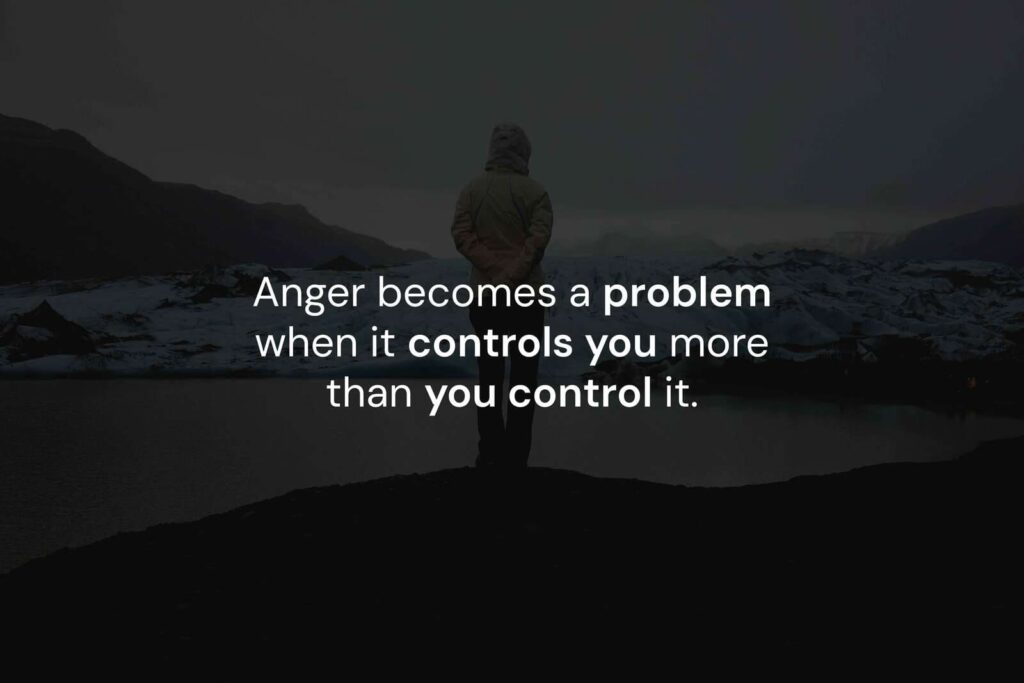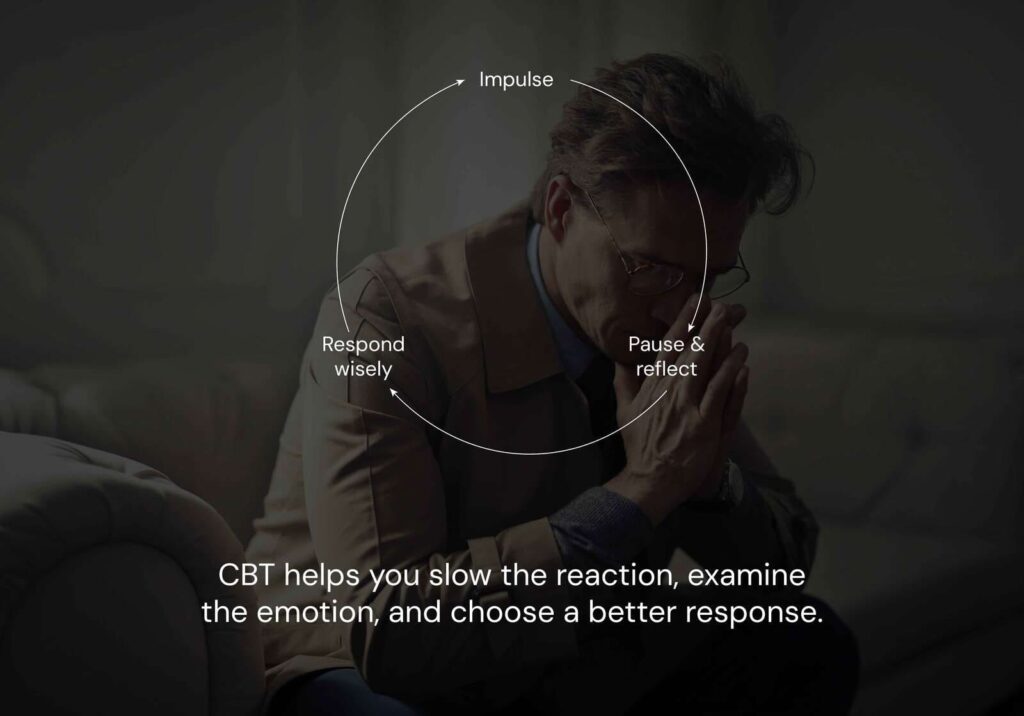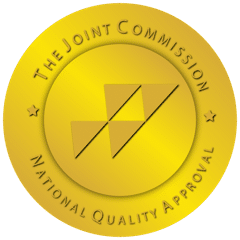Anger can be a normal, healthy emotion, but when it becomes frequent, intense, or uncontrollable, it may signal an underlying issue. If you’re asking how is anger diagnosed in therapy, you’re already on the right path. Identifying the root causes of anger is essential to managing it effectively, and Cognitive Behavioral Therapy (CBT) offers a structured, evidence-based approach to do exactly that.
When Does Anger Become a Problem?
Not all anger is unhealthy. It becomes problematic when it:
- Leads to aggressive behavior
- Damages relationships
- Causes legal or work-related consequences
- Occurs frequently or without clear cause
- Results in guilt, shame, or regret after outbursts
When anger interferes with your quality of life or the safety of those around you, it’s time to seek professional support. Therapy helps determine whether you’re dealing with chronic anger, an impulse-control disorder, or a symptom of another mental health condition.

How Is Anger Diagnosed in Therapy?
There is no single test for diagnosing anger issues, but therapists use a combination of interviews, assessments, and observations. Here’s how the process typically works:
1. Clinical Interview
A licensed therapist will begin by asking detailed questions about your emotional history, recent behavior, family background, and stressors. You’ll explore:
- When anger tends to show up
- How intense it is
- How you typically react
- What happens after an episode
This information provides context and helps rule out other conditions like depression, PTSD, or anxiety.
2. Behavioral Observation
During early sessions, therapists watch for cues, tone of voice, body language, or emotional triggers, that reveal patterns. These insights help distinguish between reactive anger, suppressed anger, or impulsive aggression.
3. Standardized Assessments
Many therapists use tools like the State-Trait Anger Expression Inventory (STAXI-2), which measures how often and how intensely someone experiences anger. These assessments also track how anger is expressed, outwardly or inwardly, and how well it’s controlled.
4. CBT Framework for Diagnosis
Cognitive Behavioral Therapy emphasizes the connection between thoughts, emotions, and behaviors. In CBT, diagnosing anger involves:
- Identifying triggering situations
- Understanding automatic thoughts (e.g., “They’re disrespecting me”)
- Mapping emotional and behavioral responses (e.g., yelling, shutting down)
This process creates a personalized profile of how anger functions in your life and guides the next steps for treatment.
Why CBT Is Effective for Treating Anger

CBT isn’t just about recognizing anger, it’s about changing how you respond to it. Here’s why it works:
- Reframes negative thinking: Many people with anger issues fall into thought traps like “They did this on purpose” or “I can’t stand this.” CBT helps challenge these distortions and replace them with balanced thoughts.
- Teaches emotional regulation: CBT offers tools like breathwork, thought journaling, and role-playing to help you pause before reacting.
- Addresses underlying issues: Anger is often a symptom of deeper emotions like fear, sadness, or shame. CBT helps uncover and work through these core drivers.
In one clinical trial, participants who completed 10 CBT sessions saw a 60% decrease in anger outbursts and reported significantly improved relationships.
What a CBT Session for Anger Looks Like
CBT sessions are structured and collaborative. Here’s what you might expect:
- Check-in: Review any recent anger episodes
- Thought tracking: Break down what you were thinking, feeling, and doing during the episode
- Cognitive restructuring: Work together to identify distorted thoughts and develop alternative responses
- Skill building: Practice coping strategies, assertive communication, and stress reduction
- Homework: Track triggers and practice techniques between sessions
Each session builds on the last, gradually helping you gain more control and insight.
When Is Anger a Symptom of Something Else?
Sometimes, anger isn’t the core problem, it’s a symptom of another condition. For example:
- Depression often manifests as irritability, especially in men
- PTSD can cause sudden outbursts when someone feels threatened
- Bipolar disorder involves periods of intense emotion, including rage
- Substance use disorders impair impulse control and emotional regulation
This is why a thorough evaluation in therapy is so important. Proper diagnosis ensures you receive the right treatment, not just symptom management.
Programs that offer cognitive behavioral therapy often include multi-dimensional assessments to identify co-occurring disorders, build custom treatment plans, and integrate anger management into a broader recovery strategy.

Why Am I So Depressed?
If your anger often turns inward or feels tied to exhaustion and hopelessness, you may be dealing with depression. Discover how CBT helps address negative thought patterns in Why Am I So Depressed? How CBT Can Help
How Many Emotions Are There?
Mislabeling anger as your only emotion can mask deeper feelings. Learning to recognize a broader emotional range improves self-control and communication. Read more in How Many Emotions Are There? CBT’s Role in Emotional Awareness






